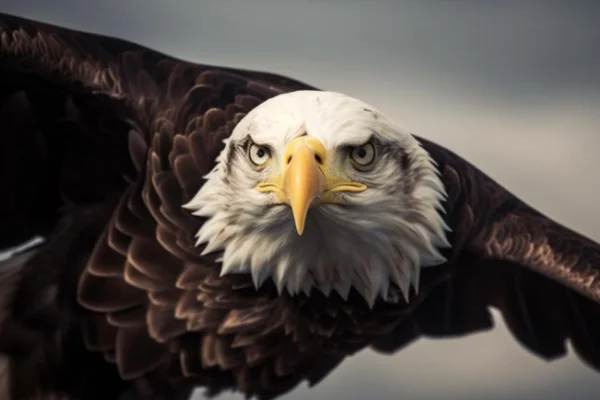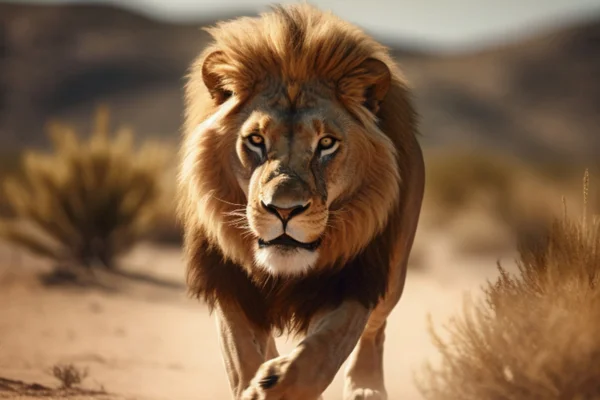Introduction to Bird Vision
Birds are fascinating creatures with extraordinary visual abilities. Their unique way of seeing the world has sparked decades of study and admiration. Let's delve into the workings of birds' eyes to better understand this unique visual world.
How do birds' eyes work?
Birds have an impressive eye structure, which differs considerably from human eyes. Their retinas have a high density of photosensitive cells called cones, allowing them to see colors and patterns clearly. In addition, the arrangement of these cells favors superior vision of movement and depth.
Adaptability and advantages of bird's eye view
The adaptability of bird vision is remarkable. They are able to adjust their vision according to the environment, whether flying at extreme altitudes or hunting in dark places. This ability is essential for their survival, helping them to identify prey, navigate accurately and detect predators.
Contents
Curiosities and peculiarities of bird vision
Some birds have truly extraordinary visions. The peregrine falcon, for example, has vision that allows it to detect prey from kilometers away. In addition, predatory birds use complex visual strategies to hunt, making use of their keen perception of movement to capture their prey.
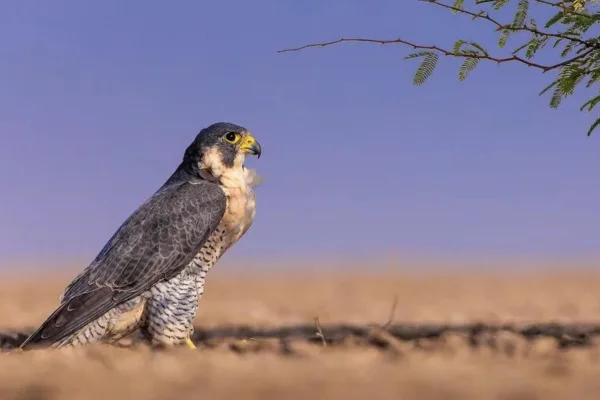
How to study and preserve bird vision
The study of bird vision is conducted using advanced scientific methods, including retinal analysis, behavioral studies and vision analysis under different conditions. Preserving bird vision is crucial to maintaining the balance of ecosystems, as it plays a vital role in the food chain and in the behavior of various species.
This bird's-eye view allows us to better understand their unique visual perception and their importance to wildlife and the environment.
Birds with Exceptional Vision
Some birds are true masters of sight, standing out for their extraordinary abilities. The peregrine falcon is an emblematic example. With eyesight capable of identifying prey up to two kilometers away, this majestic bird of prey is recognized as one of the animals with the sharpest vision in the animal kingdom.
Another notable bird is the golden eagleIt has powerful and extremely sharp vision, allowing it to detect tiny movements on the ground while gliding at high altitudes. Its vision is crucial for locating prey and surviving in these challenging habitats.
In addition, we mustn't forget white-tailed hawkThis bird is known for its remarkable ability to see small prey while flying at high speeds. Its exceptional peripheral vision gives it a remarkable advantage in catching its prey.
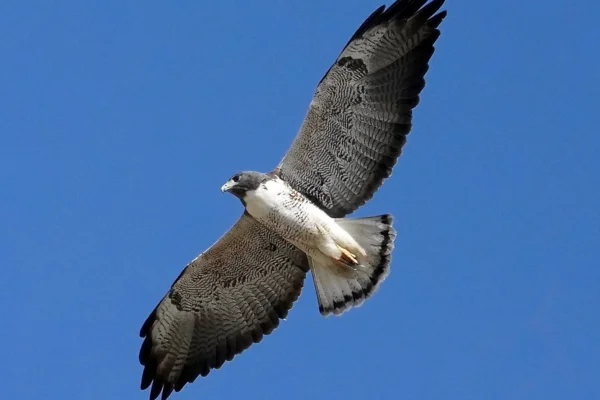
These birds, among others, illustrate the extraordinary diversity and adaptability of vision in the bird kingdom, demonstrating how these visual skills are crucial to their survival and success in the natural environment.
Ocular Anatomy of Birds
The anatomy of birds' eyes is a marvel of evolution, adapted to meet the demands of their varied lifestyles. Their eye structures differ considerably from those of humans, giving them impressive visual abilities.
Birds' eyes are relatively large compared to the size of their skulls, allowing them to see more widely and in greater detail. In addition, their retinas have a high density of photosensitive cells, especially cones, which are responsible for color vision. This enables some bird species to see beyond the spectrum of colors visible to humans, including the ability to perceive ultraviolet light.
Another remarkable aspect is the birds' ability to adjust the shape of the lenses in their eyes, allowing them to focus at different distances. This ability, called accommodation, is essential for clear vision during flight and for precise hunting.
Birds also have a structure called the nictitating membrane, a kind of "third eyelid", which protects the eyes without impairing vision. This membrane is also used to keep the eyes moist and clean, especially during flight.
Conclusion: Bird's eye view
Birds' vision is a spectacle of nature, offering valuable insights into the diversity and complexity of the animal world. Studying and preserving this extraordinary visual capacity is essential to guaranteeing the balance of ecosystems.
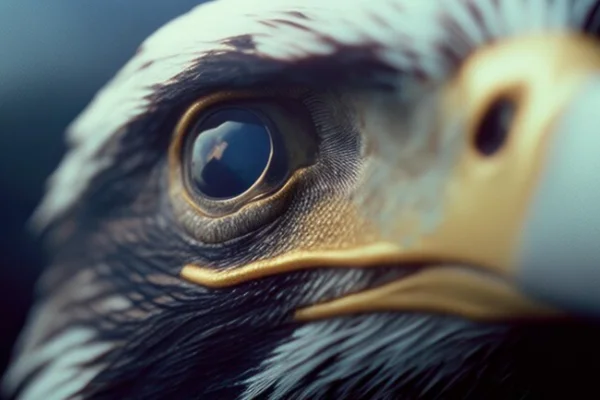
FAQs: Bird's eye view
- Do birds see all colors like humans? Birds have different color vision and can see ultraviolet, in addition to the colors visible to humans.
- How do birds use their vision to hunt? Some predatory birds use their keen eyesight to detect subtle movements and locate prey at considerable distances.
- Are there any birds with night vision? Some species have developed adaptive night vision to hunt at night.
- Does bird vision vary according to species? Yes, each species of bird has specific adaptations to its vision according to its environment and lifestyle.
- Why is it important to preserve birds' eyesight? Birds' vision plays a crucial role in maintaining the ecosystem, influencing the food chain and animal behavior.
Thanks for stopping by, check out our other work too
https://vettopbr.com/tosse-em-caes/

